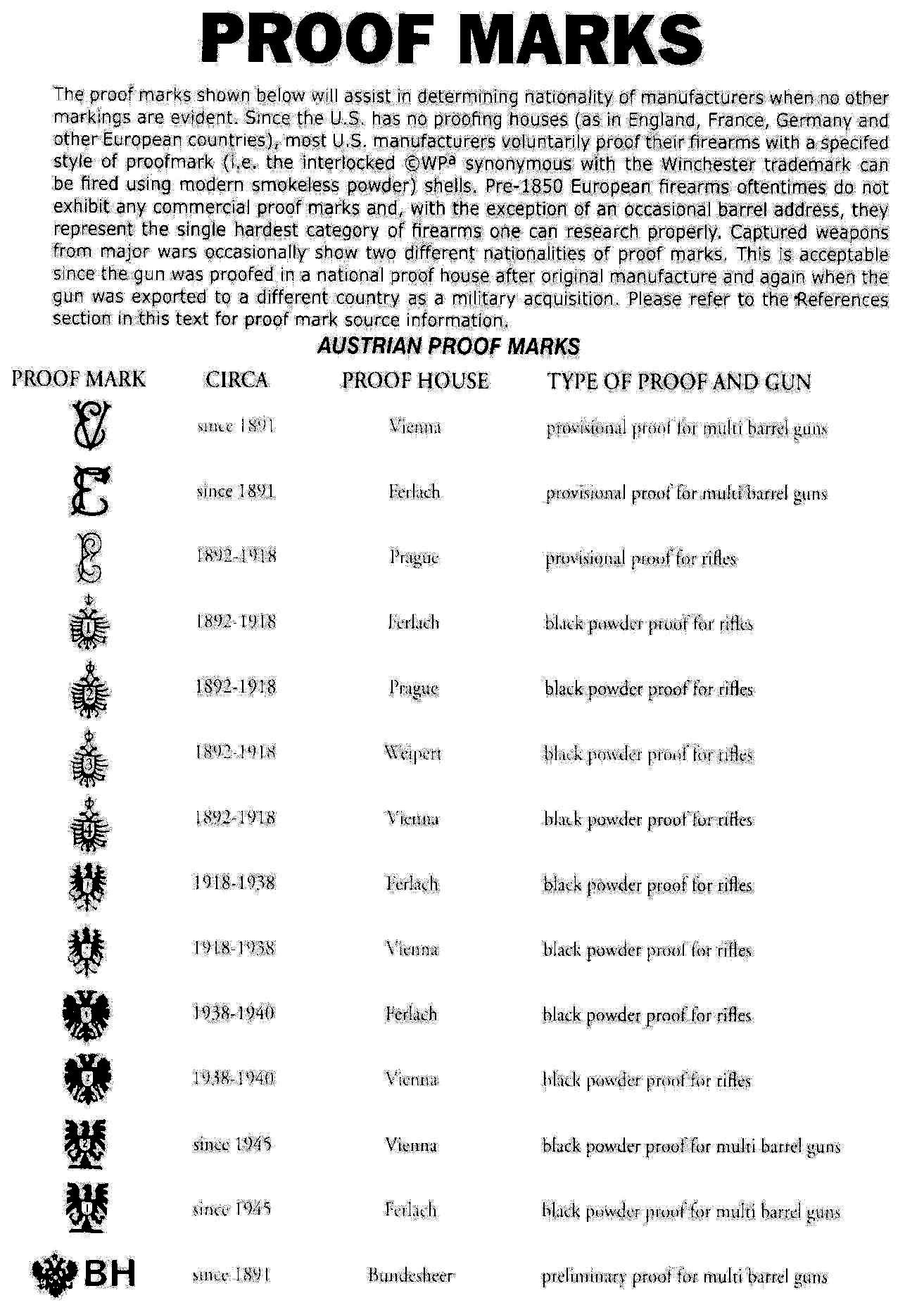Howdy, I'm new to the forum and to antique firearms. I recently came into possession of a number of percussion rifles but several have me stumped. I don't know all the terminology but this rifle has no markings except the following. I'll test this then try more.
I can't find the origin of this proof mark/maker's mark.









I can't find the origin of this proof mark/maker's mark.









Last edited:









